Is Japan’s new pain-in-the-butt instant ramen also a joy in the stomach?【Taste test】
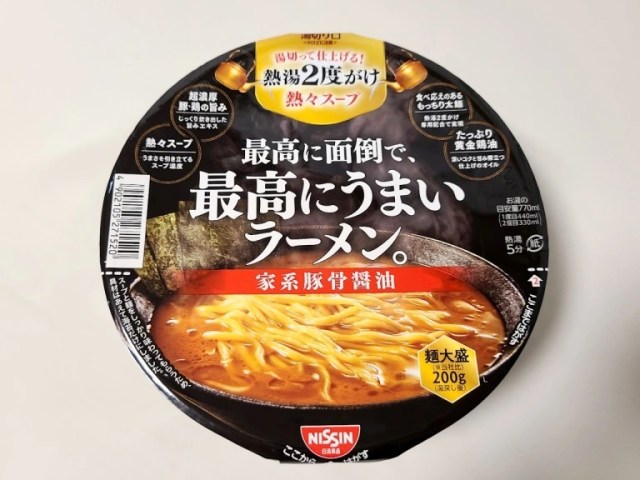
Cup Noodle maker tells us upfront that this is going to be a hassle, but is it worth the time and energy?
Why do we eat instant ramen?
“Because it tastes good!” you may be shouting at your monitor, between mouthfuls of noodles. That’s something you can say about all ramen though. The reason we find ourselves stocking up on and repeatedly reaching for the instant kind is because it’s not only delicious, but convenient too.
So it’s a bold move on the part of an instant noodle maker to bring out a new product and tell us right upfront that making it is a pain in the butt by giving it the name Saikou ni Mendou de Saikou ni Umai Ramen, “Ramen That’s the Biggest Hassle to Make and Also the Most Delicious.”
▼ Ramen That’s the Biggest Hassle to Make and Also the Most Delicious is available exclusively at 7-Eleven, so if you don’t have a branch near you, that’s one more hassle to deal with in order to eat it.
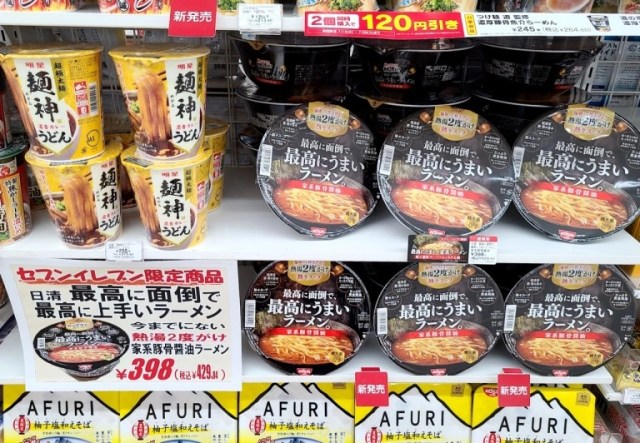
These pain-in-the-butt noodles are the latest brainchild of Nissin, the makers of Cup Noodle and the inventors of instant ramen, so it’s not like the company is incapable of making ramen that’s easy to make. But we were curious to see what happens when any pretense of convenience is tossed out the window, and so we picked up a pack for 430 yen (US$3.25).
Peel the lid back to the dotted line (which is about 40 percent of the way across the top of the bowl, not in the center), and you’ll find four packets sitting on top of the dried noodles. These all need to be added in at different times, but the very first step is to boil some water and pour it into the bowl, up to the line indicated by the indention on the inner surface, for the noodles to cook.
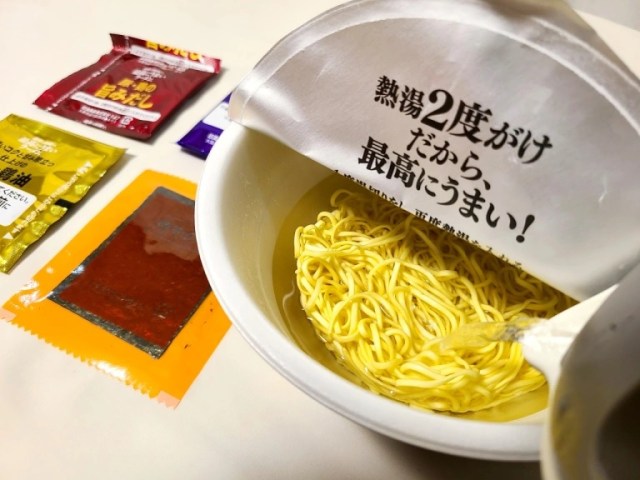
Then, take the blue pack, which contains the tonkotsu (pork stock) soy sauce broth base, and the gold one (which has chicken broth) and place them on top of the lid. You’re supposed to use these two packs specifically because they’re heavier than the others, which contain dashi powder and nori seaweed strips.
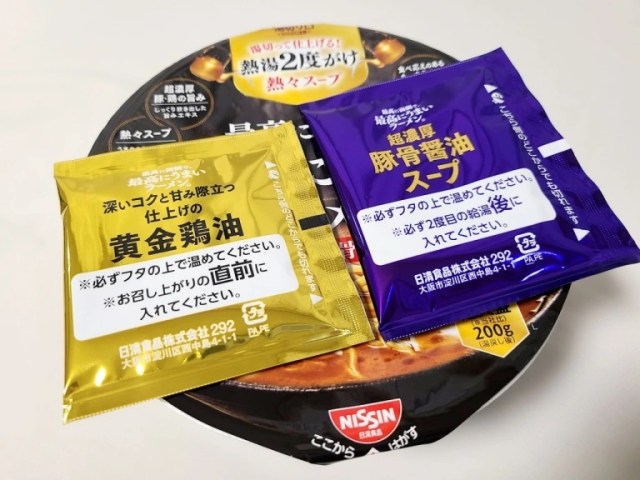
Now, leave the noodles to cook in the hot water for five minutes. Yes, five. Just about every other type of instant ramen in the world cooks in three minutes, but for some reason, Nissin’s Hassle noodles need five.
Once that’s done, you need to peel back another section of the lid, the part circled in red here.
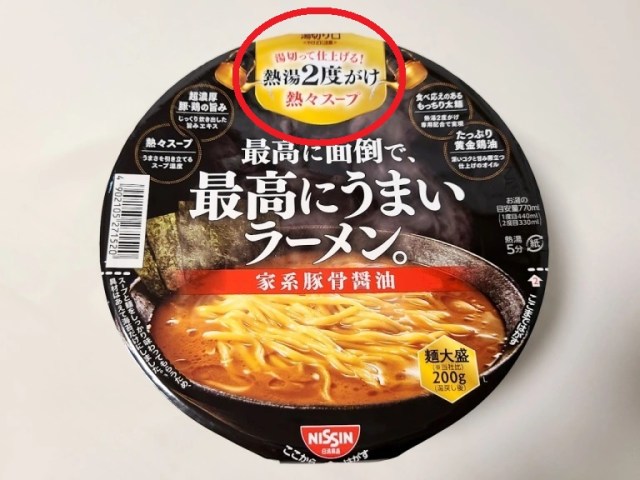
Do that, and it’ll reveal a built-in strainer that you can use to pour out the water.
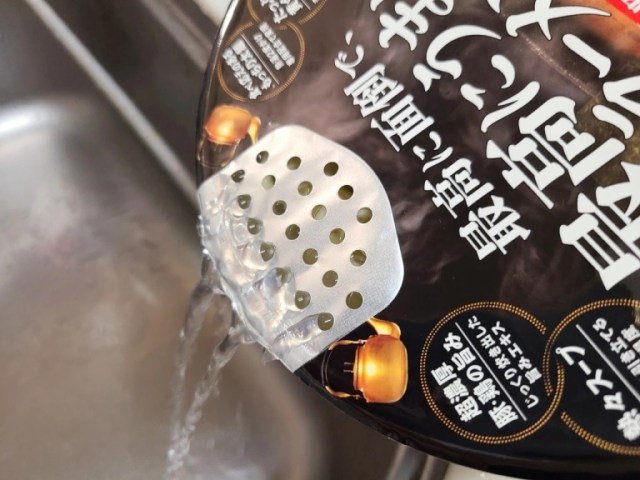
Now take the red packet, which has a powdered mixture of chicken and pork dashi, and pour that into the bowl. Boil some more water, and fill the bowl up to the line again.
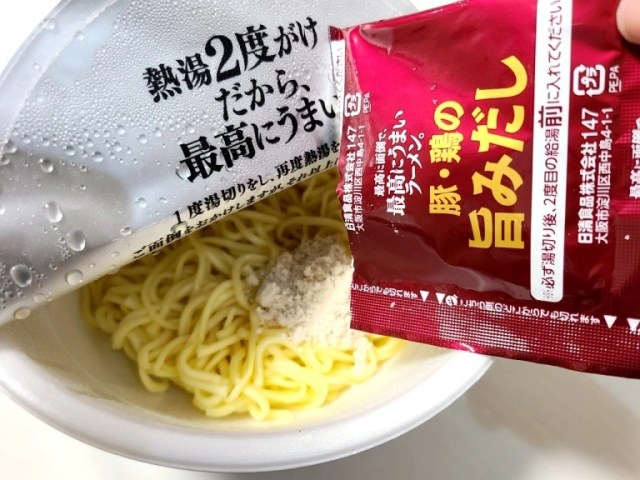
Now open up the blue broth base packet, pour that into the bowl, and mix everything together using your chopsticks or a spoon. Once everything is nice and blended, open up the gold packet and pour it in. Don’t just tip the packet over and spill everything out in the same spot, though. You’re supposed to add it gradually, moving the packet in a circular motion around the bowl to keep things evenly distributed.

Finally, tear open the last packet, which contains the nori slices, and arrange them in an aesthetically pleasing manner at the edge of the bowl.
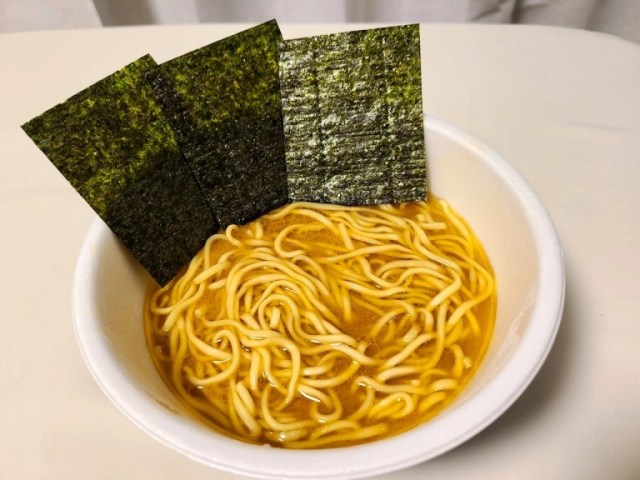
And with that, you’re finally done, and it’s time to eat! Taste-testing duties (as well as the hassle of making the ramen) fell to our Japanese-language reporter Maro, and from the first bite, he could tell that the results were different from your average instant ramen.
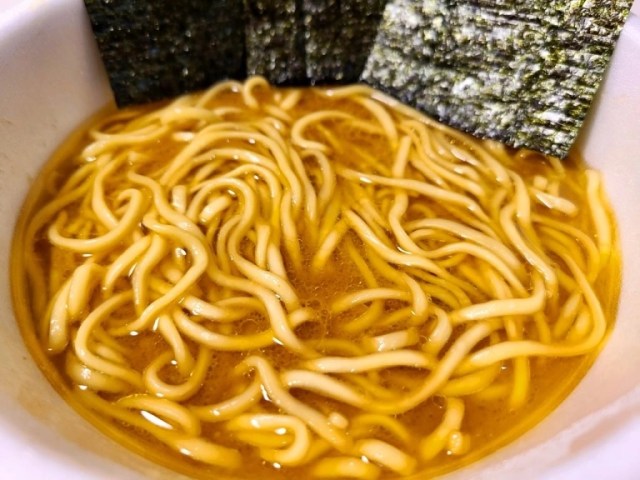
The noodles were exquisitely smooth, and the broth was busting with flavor. The style is ie-kei, which was popularized in Yokohama and blends pork stock and soy sauce for a hearty, substantial-feeling broth, and the large amount of chicken broth Nissin adds made it even better. Plus, since you cook the noodles first, then add boiling water a second time to prepare the broth, it’s piping hot, just like Japanese ramen fans like it.

Maro isn’t sure he’d go so far as to call the Ramen That’s the Biggest Hassle to Make and Also the Most Delicious the best instant ramen he’s ever had, but the extra inconvenience you invest in making it definitely pays off.
There is one drawback, though, which is that the nori slices are the only topping you get. On the one hand, that makes for a very pure, focused eating experience, but you might find yourself craving a few more fixings. Luckily, ie-kei ramen goes great with just about anything, and if you’ve got some sliced pork, boiled eggs, or spinach handy, those would all make exceptionally excellent additions.
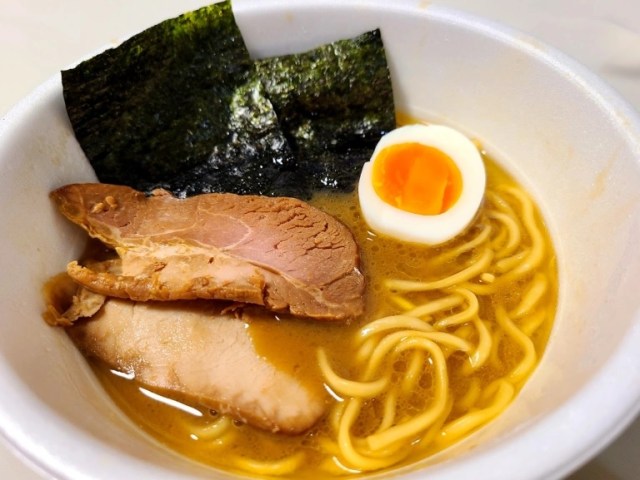
Alternatively, you could eat Ramen That’s the Biggest Hassle to Make and Also the Most Delicious with a side dish of plain white rice, and make it not quite so plain by dunking a strip of nori into the ramen, then transferring it to the rice bowl, letting the broth drip into the grains, and making what’s essentially a mini ramen-flavored rice ball when you pick up a mouthful with your chopsticks.
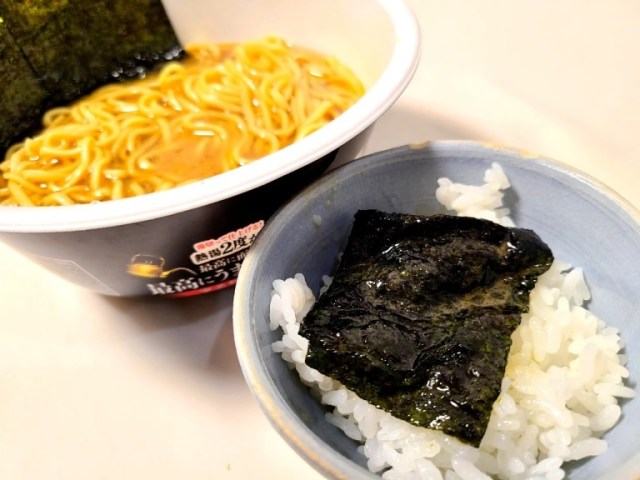
Yeah, all those are a little extra work, but they taste so good that the hassle is easily worth it, and we gave up on convenience here at the very start.
Photos © SoraNews24
● Want to hear about SoraNews24’s latest articles as soon as they’re published? Follow us on Facebook and Twitter!
Credit:




0 comments: